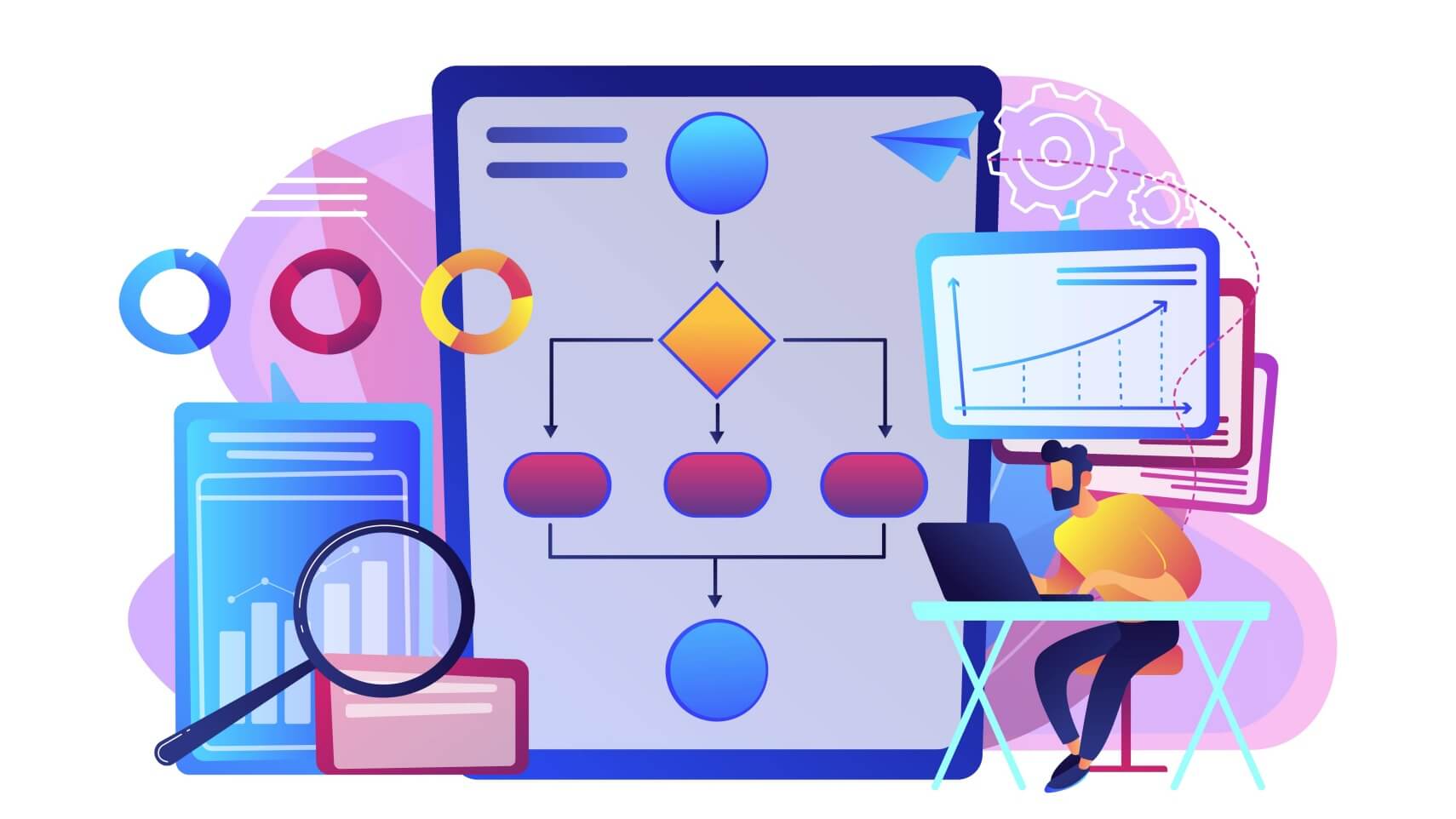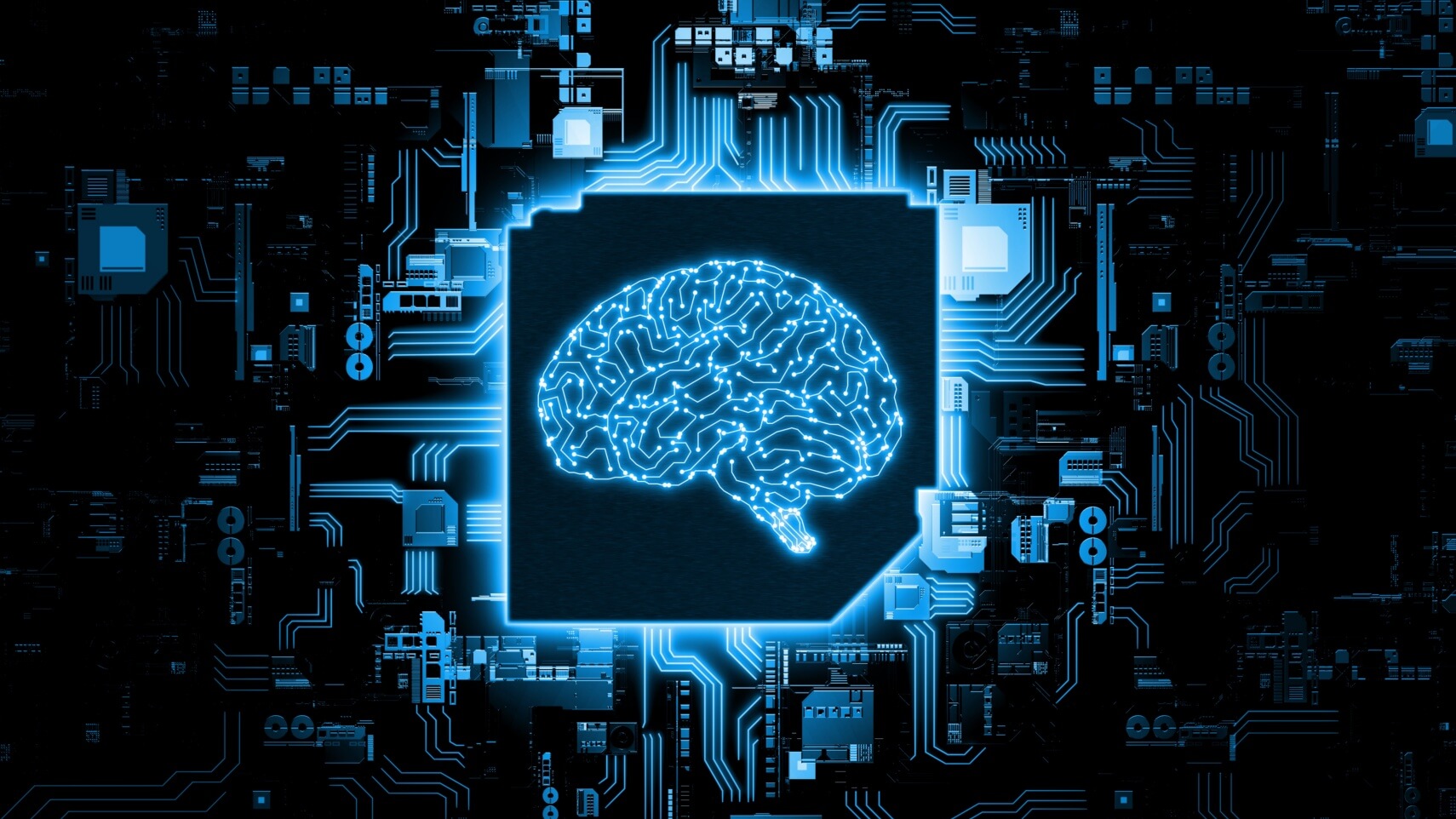Table of contents
Deep learning changes its form depending on the purpose and is used for a wide variety of tasks and purposes. Additionally, the operational methods for deep learning are constantly evolving, and there are various types of operational approaches. To utilize it efficiently, it is necessary to understand how deep learning works and then use different operational methods and approaches depending on each purpose and application.
In this article, we will explain how deep learning works, what it can do, and how to introduce it for those who are considering using deep learning or implementing it in business.
What is deep learning? basic knowledge

Deep learning refers to “a technology that allows computers to discover specific characteristics of data from large amounts of data without any human intervention.” To deepen your understanding of deep learning, let’s review some basic knowledge such as its meaning, history, and why the technology is currently attracting attention.
It is a type of machine learning.
Deep learning is a machine learning method that uses multiple layers of neural networks, a typical algorithm for machine learning, to handle more complex information processing. Machine learning refers to “machines learning by themselves” in the same way that humans learn. The positioning of deep learning is artificial intelligence > machine learning > deep learning, and deep learning is included in AI.
History so far
It is said that AI is currently experiencing its third boom. The breakthrough technology of this third boom is deep learning. In 2012, “Super Vision” developed by the University of Toronto won the global image recognition contest “ILSVRC” with overwhelming image recognition accuracy, causing a shock in the artificial intelligence research world.
“Super Vision” uses an image recognition technology called “autoencoder” developed by Professor Geoffrey Hinton of the University of Toronto. The “autoencoder” makes it possible for the neural network itself to capture the characteristics of the data, and the learning method using this multilayer neural network has come to be called deep learning.
Reason for attention
The reason deep learning is attracting attention is because it is full of potential for creating innovation. Deep learning can now automatically “learn patterns (features)” and solve the problem of “difficulty making machines learn pattern (feature) recognition”. . Additionally, in the third AI boom introduced above, deep learning technology is attracting more attention as it improves the speed at which it can recognize large amounts of complex information collected by IoT devices such as smartphones.
Main practical examples include the 2016 Go software “AlphaGo” and self-driving technology. As these technologies have attracted attention, deep learning technologies have become more widely used in social implementation and business applications.
How deep learning works and how it learns

Deep learning is called “deep learning” because it “multilayers (deep)” the problems unique to neural networks. So, how does the neutral network that forms the basis of deep learning work? We will also introduce the meaning of a neutral network, the mechanism of deep learning, and the learning method.
What is a neural network?
A neural network is a type of machine learning, and is an information transmission process that imitates the processing in the human brain. It imitates the basic structure of the human brain: nerve cells (neurons) and neural networks (synapses). In neural networks, information is utilized by adjusting the “weights” that correspond to the strength of connections between neurons in the human brain during the information transmission process.
structure
A neutral network is created to express information on a computer based on the structure of neurons in the human brain, and information is expressed in an input layer, a hidden layer, and an output layer. However, neutral networks can only process simple information. When processing complex information, use deep learning that can handle complex processing by increasing the number of intermediate layers of output using many layers.
learning method
Machine learning is mainly classified as follows. “Supervised learning” where problems (data) and their answers are given in advance and the learning is performed, “unsupervised learning” where only problems (data) are given and the answers are not given, and accurate correct answers such as Go AI. There are three types of “reinforcement learning,” which allows the robot to learn to select which action is “optimal” when there is no available option.
Deep learning, which uses many layers to increase the output intermediate layer and learn using neural networks, is classified as unsupervised learning.
What is possible with deep learning?

Deep learning is a machine learning method that is showing promise for its ability to efficiently process large amounts of data. We will now introduce what is possible with deep learning and specific examples of how the technology can be used.
image recognition
With deep learning, it is now possible to automatically extract features from a large amount of data, capture the features of an image, and perform image recognition to determine what is in the image. Image recognition technology is being introduced in a variety of fields, including manufacturing and the medical field.
Speech recognition/synthesis
Speech recognition and synthesis technology, which uses computers to convert and identify speech into text data, is also based on deep learning. Speech recognition using deep learning has made it possible for computers to respond to human voices and identify people by their voices. Specific usage examples include smart speakers and automatic creation of meeting minutes.
Text processing/translation
Text processing and translation utilizes natural language processing technology, which allows computers to understand human speech and conversations. Deep learning can perform highly accurate natural language processing, making it possible to make proposals and work tailored to the situation. Main use cases include automated transcription and automatic translation of foreign language conversations.
Recommendation/Anomaly Detection
Deep learning technology is also used for recommendations that analyze customer preferences and anomaly detection that finds signs of problems and troubles. Anomaly detection technology is used for self-driving cars, understanding road conditions, and pausing, and recommendation technology is used for web advertising technology that displays information based on browsing history.
There are some things you can’t do! Disadvantages of deep learning
Deep learning cannot provide answers that humans cannot imagine. No matter how much data is analyzed using AI, it is impossible to handle exceptions and innovate like humans. Furthermore, it is not possible to integrate prerequisite knowledge or distinguish between cause and effect relationships.
What are the five deep learning methods?

There are five deep learning methods (algorithms), each with different characteristics, so it is necessary to use one depending on the purpose. We will explain each method in detail.
For DNN (deep neural network)
DNN is a fundamental technology for the use of deep learning, and is characterized by increasing the number of “hidden layers” to provide a multilayer network with a total of four or more layers. By increasing the number of hidden layers to two or more, we compensated for the low versatility that was a weakness of neural networks and contributed to expanding the possibilities of deep learning. It is used for delicate tasks such as medical image processing.
For CNN (convolutional neural network)
CNN (convolutional network) is a method suitable for image recognition. Analysis proceeds through the process of processing the characteristics of the target data through multiple layers, each layer separately, and determining the amount of features. In CNN, the process of extracting “features” from an image is called “convolution.” Today, CNN’s image recognition technology is used in all sorts of situations, including customs and smartphone lock screens.
In the case of RNN (recurrent neural network)
RNN (recurrent neural network) is a deep learning method that is often used when handling time-series data, and mainly handles variable-length time-series data where the data size is not fixed. The ability to pattern past data is the key to making predictions after analyzing the timing and conditions under which numerical values fluctuate, making it possible to predict the future with high accuracy.
RNNs can be applied to fields that are generally difficult to quantify, and are also used in fields such as natural language translation and speech recognition.
For LSTM (long and short-term memory)
LSTM (long short-term memory) overcomes the shortcomings of RNN and becomes a powerful model that can learn long-term time series data. Conventional RNNs have the disadvantage that they can only process short-term data because gradient vanishing occurs when training long series data, making it difficult to learn properly. LSTM eliminates this disadvantage because it is designed to reliably read long data that could not be handled by RNN.
LSTM technology is mainly used for processing in the natural language field.
For GAN (Generative Adversarial Network)
GAN is a method that combines two network configurations: a generator and a discriminator. GAN is a neural network called a “generative adversarial network,” which is a type of unsupervised machine learning. In normal deep learning, there is only one neural network, but GAN produces output by having two networks compete.
GAN can generate images that do not exist, or generate data that appears to be close to the correct answer by referring to it, and the technology is used for things such as creating new characters for games.
What is the business implementation phase of deep learning?

When introducing a system that utilizes AI or deep learning, the process can be divided into the following four main phases. We will explain what to do in each phase.
Phase 1: Conceptualization
When introducing AI technology, you need to consider whether the AI you are considering introducing will really solve the problem, which areas of the problem will be solved by AI, and whether the concept is possible. You need to consider things from both perspectives and clarify your company’s issues. Furthermore, we will plan what kind of AI model should be used to solve the problem.
2nd phase: PoC
PoC (Proof of Concept) means “proof of concept” and verifies whether the AI envisioned in the concept phase is technically possible.
Is it possible to secure the amount and quality of data necessary for deep learning while building a mockup that is a temporary model of AI using actual data for strategic hypotheses and concepts? We will decide whether to invest in the project after verifying factors such as whether the project will be successful or whether the operation will work properly even if a mistake occurs.
Phase 3: Implementation
Once we have confirmed the feasibility in the PoC phase, the next step is to test the final mockup model. Once completed, we will conduct tests to ensure that it operates without any problems, and put it into operation based on practical business operations.
4th phase: Operation
Once the implementation phase is over, we will actually put it into practice. We perform maintenance to ensure stable system operation and check the status of goal achievement from time to time, and run the PDCA cycle.
summary
Deep learning differs from regular machine learning in that it uses neural networks to achieve a higher level of learning ability. However, deep learning has a variety of operational and approach methods, so knowledge of AI is essential to fully utilize it.

